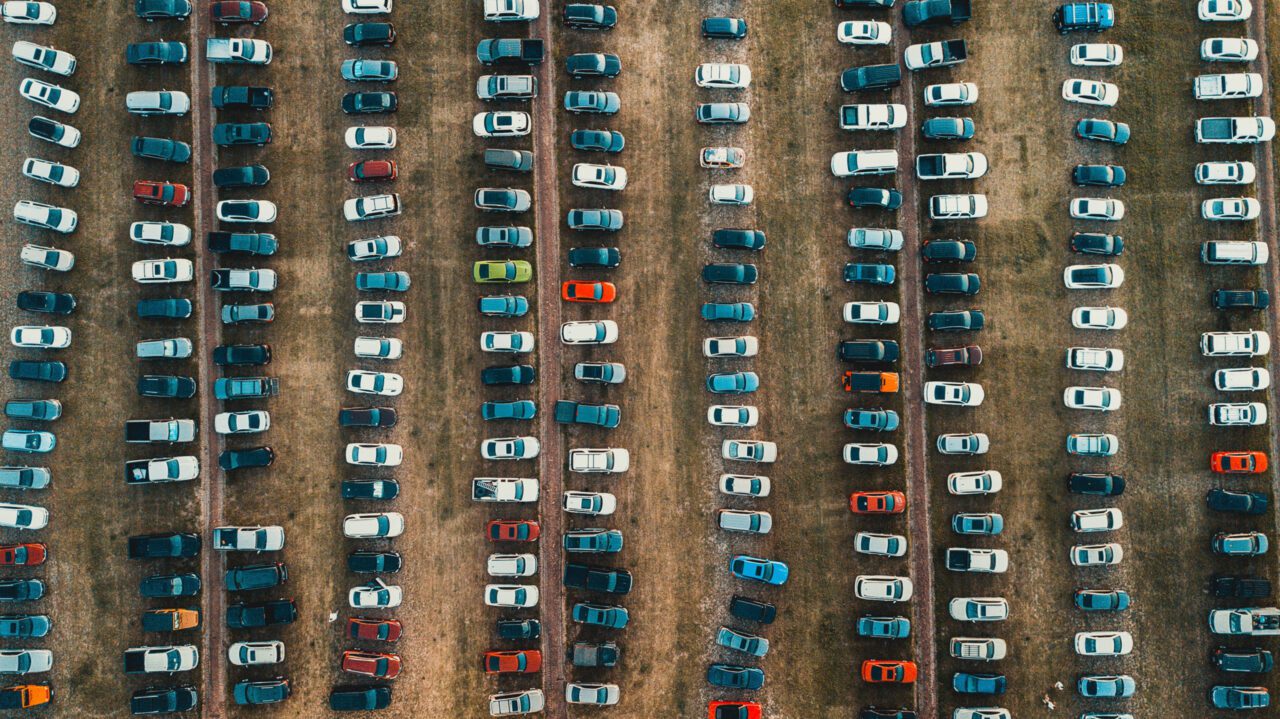Are Used Car Prices Set To Drop Off A Cliff?

Motor traders have been enjoying a golden age of used car prices but are we about to face the fastest crash ever?
Over the last two years, used car prices have risen faster than we’ve ever seen before. Those in the motor trade industry are using words like ‘baffling’, ‘insane’ and ‘unprecedented’. In 2019, everyday cars like the ford focus were readily available and (quite frankly) unremarkable. Today, these kinds of cars (in good condition) are some of the most sought after cars on the market.
Some second-hand car models are going for as much as 70% more than they were pre-pandemic. A Toyota Yarris, for example, now costs over 69% than it used to be in the same condition. Hundreds of other models have followed the same pattern. There have been numerous stories of car dealers selling cars to buyers, only to offer to buy the car back to resell at a later date.
If your business buys, sells, repairs or modifies vehicles then Plan Insurance Brokers can source a tailored Motor Trade insurance policy for you. If you have any more questions or would like a quote call our expert team, request a call back or fill in a quote form.
How can a second-hand car cost more than it would new?
There is a huge backlog of new cars thanks to issues with the supply chain. That means that new cars aren’t entering the market at the rate that they did pre-pandemic. Because of the lack of supply of new cars, the retail price of new cars quickly became irrelevant. If a retailer sets something at a certain price brand new but can’t meet demand, then the price of the remaining stock (i.e second hand cars) rises to meet the demand.
Used cars are available but only in a finite amount, because the used car market relies on people buying and using new cars. With no source of new used-cars, the prices of existing good quality used cars quickly accelerated.
It is a supply and demand problem that doesn’t seem to be going back to normal anytime soon. As a result, cars that are ‘like-new’ are going for much higher than the same brand new cars sold for just a few years ago.
Prices don’t seem to be freefalling, but they aren’t rising anymore either
Figures show that used car prices are still 15% higher than they were this time last year, but that they have quietly declined for the last six months. Drops have been recorded across all sectors, with independents seeing the biggest deline, down 1.2 per cent. Franchised dealers were down 0.8 and car supermarkets down 0.7 per cent.
Used car stock levels are diminishing too
Stock levels, which have been slowly declining since April when they reached an average of 46.8 units, dropped marginally month-on-month from to 44.8 to 43.2 units. However, they did remain four per cent ahead of last July’s 1.5 units.
Independent dealer inventories averaged 34 units, down from 36 in June but up nearly 10 per cent year-on-year; while franchised averaged 51 units, compared to 53 in June. Car supermarkets remained the same at 282 units.
What is going to happen to the used car market over the next 12 months?
Many have whispered about a ‘car price crash’, similar to the type of boom and bust that has hampered the housing market throughout history. However, some motor trade experts are thinking differently.
Car supply is still scarce. If that changes, will it be fast enough for a used car price crash?
Experienced and knowledgeable people from the motor industry believe that prices couldn’t possibly go down as quickly as they went up. For the kind of sudden crash that some expect, there needs to be a huge influx of supply. That seems near to impossible, as millions of orders of new cars from the pandemic need to be fulfilled.
We are long way from having enough new cars to fulfil existing waiting customers, let alone to flood the market with supply to the extent that it would bring prices down. Walking into a car showroom and driving a new car striaght off the forecourt is out of the question for the foreseeable future.
Used Car Price decreases will take years, not days
Traditionally new cars lose 30% to 40% of their value over the first 12 months. Instead the price of used cars have been increasing an average of 30% per year. Based on these figures, even with a month-on-month drop, it will take years for used cars to go down to the kind of prices that would have been normal before the pandemic.
Another issue is that 50% of new cars are bought by fleets and rental companies. These cars come into the used car market after a few years of use. Because new cars aren’t being bought by fleets, those top quality used cars aren’t coming onto the market en masse as they previous had been.
A crash in the price will only come with more supply and less demand. An easing of the motor trade industry’s supply chain issue doesn’t seem to be likely in the near future. However the cost of living crisis could see demand reduce significantly in the coming months. So as we’ve learnt over recent years, we should prepare for the unexpected as events are hard to predict.







